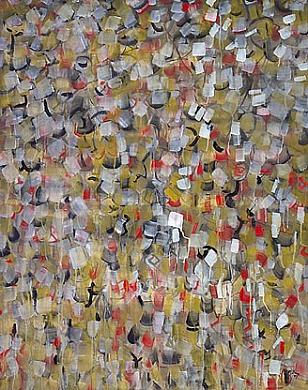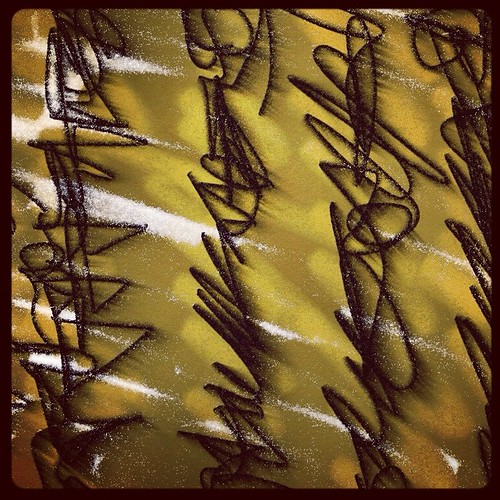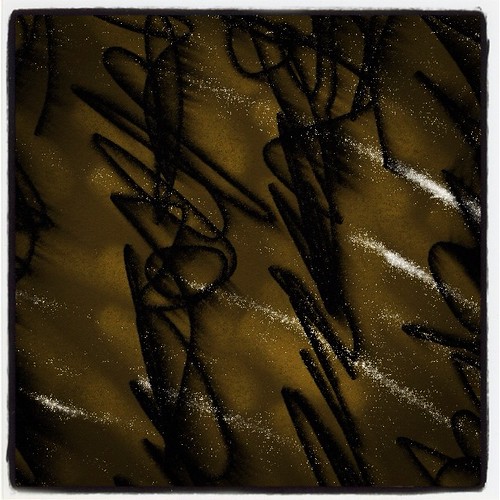Date: Tue, 26 Jun 2012 07:13:05 -0700
Mime-Version: 1.0
Content-Type: text/html;
charset=UTF-8
Content-Transfer-Encoding: 7bit
Content-ID:
A new post on In this moment… my art blog – http://www.walterlogeman.com/art/wabi-sabi-photos-mark-tobey/ http://www.walterlogeman.com/art/images/2010/IMG_1026.jpg







